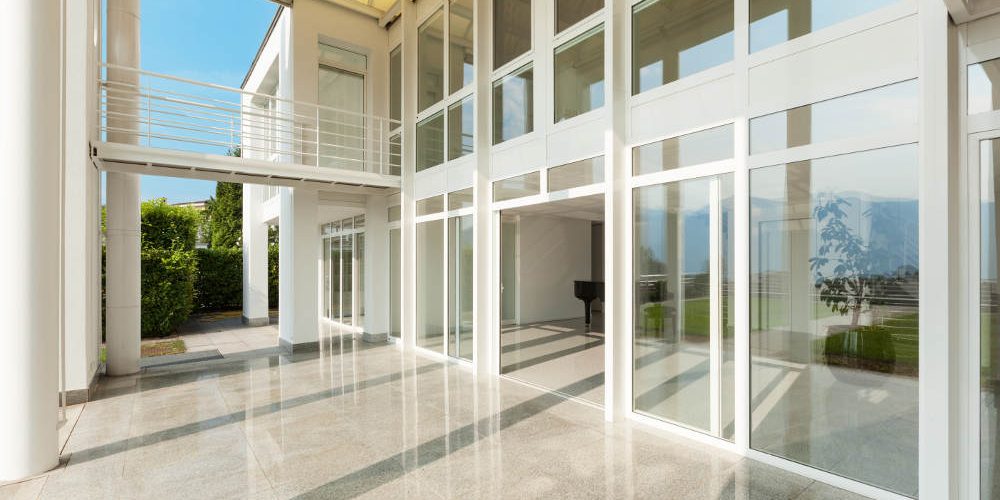Humans have been using glass since at least 3500 BC when the process of creating this wondrous substance was first tamed by people. Before that, glass from volcanic eruptions existed and enchanted those who found it and sometimes formed it into jewelry.
The modern world is filled with all sorts of glass, and it is hard to imagine life without this versatile material. Besides its most common usage in windows, mirrors, and glass bottles, glass is also used in light bulbs, kitchenware, windshields, lenses, electronics, and as an insulator in many applications.
Making Glass the Modern Way
The primary ingredients in modern glass, like the glass of old, are sand, calcium oxide, and sodium carbonate. Sand is the biggest ingredient, providing silica, which has a transparent quality when melted and allowed to cool. It takes a temperature of 2000ºC (3600ºF) to melt silica by itself.
In modern glass manufacture, these raw ingredients are heated in industrial furnaces and poured into metal trays or molds and then cooled. Chemical can be introduced into the process as the glass cools to add special textures and finishes to the glass, and other substances can be added along the way to produce other changes such as:
- Lead for a more robust reflective surface,
- Various metallic oxides for different colors,
- Iron for a glass surface which absorbs infrared radiation.
At the end of the cooling process, lasers are used to detect defects, and large diamond cutting tools are used to slice panes of glass into finished sizes and shapes.





